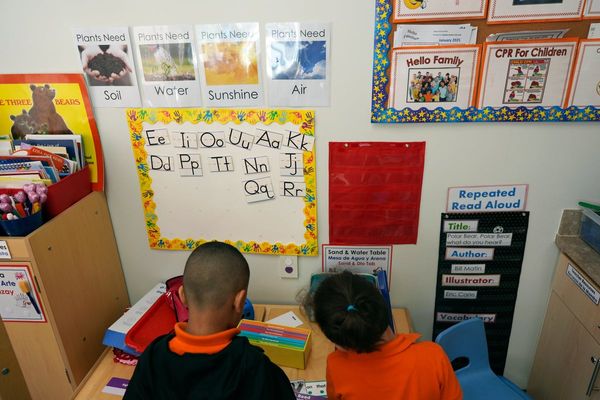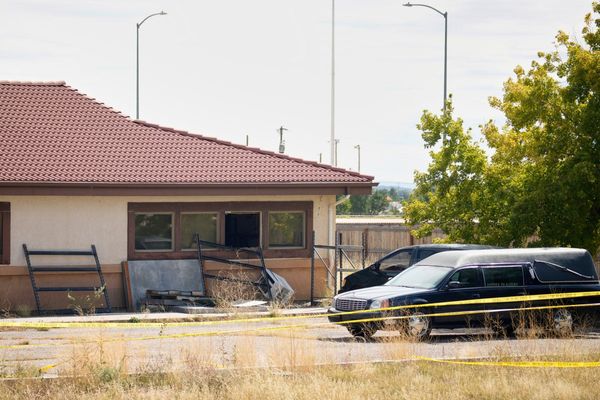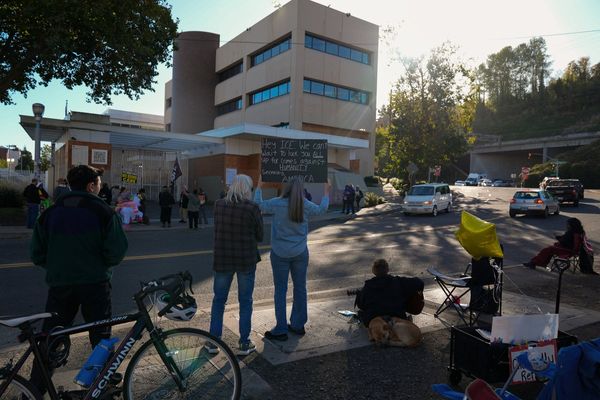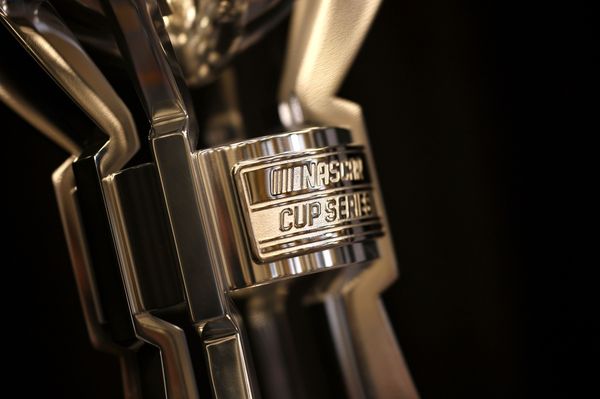
On the day of his death, an irregular cortege rolled in pieces across America, a scattered celebratory motorcade: maybe a pickup truck at a traffic light in Louisville, Kentucky, with the puffy, moon-landing chords of “Jump” coming out of the window; maybe an electrician’s van changing lanes in Long Beach, California, while quaking to the shocks of “Unchained”; maybe a Lexus in Boston, spewing the preposterous fluency of “Eruption” in its wake. It happens like this with the greats: The current of life fails, and the artistic essence is globally dispersed, as if by an explosion. We’d lost Eddie Van Halen, and suddenly his sound—phased and flanged and volleyed into the ether with oodles of whammy bar—was everywhere.
How to salute him? As a musical seeker, a restless innovator perpetually at the boundaries of the possible? As a writer of gorgeous, gas-guzzling hits? As the grinning incarnation of American party time? His truest eulogy has already been written by the thousand YouTubers who lovingly deconstruct his solos, note by note and effect by effect, simply to understand how they work.

His style was easily debased. In its more sensational aspects—the finger-tapping, the pick slides—it became the template for ’80s hard-rock lead guitar. But if a huge discharge of “frictionless whiffery,” as the critic Joe Carducci called it, is part of his legacy, the purer part is beyond emulation, beyond parody. Empty virtuosity: That’s a bad thing, right? Not with Eddie Van Halen. With Eddie, the emptiness that preceded his genius was part of the point. His noises, his phrases, came rainbowing out of an electric abyss: something out of nothing, creativity at its origin. Not that he lacked a tradition—Clapton, Page, Beck, blues licks, funk scratchings, he loved them all, and was a monastically disciplined apprentice. He could “do” Hendrix. But his most idiosyncratic zoomings arose, blissfully, playfully, from the void. That’s how it feels to listen to Eddie Van Halen.
Of course, he was magically fortunate in his co-creators. Without the jazzy propellant of his brother Alex’s drumming; without the crackling hallucination of personality projected by his lead singer, David Lee Roth; without the stolid Michael Anthony on bass, and his ability to hit a dead-on angel-of-hedonism Beach Boys harmony—without, that is, the stunning machine that was Van Halen (the band) in its prime—who knows where Eddie might have gone, or who he might have been? Idle musings. Van Halen happened; it was meant to happen; and Eddie was meant to be at the heart of it, with his happy face and his sci-fi chops and his gift for a massive pop hook.
[Read: Twilight of the headbangers]
The Van Halen family—father Jan and mother Eugenia, plus Eddie and Alex—left Holland for the United States in 1962; Eddie was 7 years old and spoke very little English when he arrived in Pasadena, California. Jan Van Halen was a musician—a working one, when he could find a gig. He played clarinet and saxophone, and in their teens, the boys would often join him in his various wedding bands. Eddie was an introvert, an inventor: He boiled guitar strings (for elasticity), dipped his pickups in hot paraffin, cut vibrato bars in half, transplanted the neck of one guitar onto the body of another.
One early El Dorado was something he called the “brown sound”—a distortion that was thick, sleek, organic, and unrelenting, but that didn’t blow up your amp. He pursued this brownness with endless mad-scientist tinkerings. “He tried aiming the amp at the wall,” writes the Van Halen biographer Ian Christe in his peerless Everybody Wants Some, “stuffing it with padding, and covering it with a plastic hood before discovering that he could overdrive it at a lower volume if he starved it for voltage using a Variac variable power supply.” Later, he would house a delay unit inside the hollowed-out body of a decommissioned U.S. Army bomb, to create what Christe calls a “big metal ordnance-cum-reverb-chamber” that he would face onstage while playing “Eruption.”

“Eddie was kind of a mentor,” Dave Lee Roth told an interviewer. “I saw what he did with his fingers, and I knew that’s what I wanted to do with my feet, and with my voice.” They became a dyad, a double act, a rivalry: Eddie had his ribbons of noise, Roth his aerial splits off the drum riser. And his brain—he talked fast, in reams of Rat Pack patter, the verbal equivalent of Eddie’s stinging, spark-throwing intro to “Mean Street.” Naturally, they passed much of their downtime at various levels of mutual detestation. But their togetherness was a pop sublime: the big-lunged, almost chordal hoarseness with which Roth sings Do you see what I ME-EAN? in “Jump” before Eddie’s guitar echoes him with a vaunting phrase.
[Read: The feud that birthed the electric guitar]
How do we categorize the music? Soft hard rock. Light heavy metal. Eddie could be heavy, super heavy, but it was heaviness aestheticized, heaviness joyfully experiencing its own heaviness. (Listen to the leering, downward-bending verse riff of “Fools.”) In the end, they were crossover artists, with a commercial appeal that was gloriously simultaneous with their inventiveness. Beloved of girls, beloved of boys, with Eddie always, always taking it beyond. The far brought near. Excess without vulgarity. America, don’t forget how beautiful you are; you created the conditions for Eddie Van Halen.







